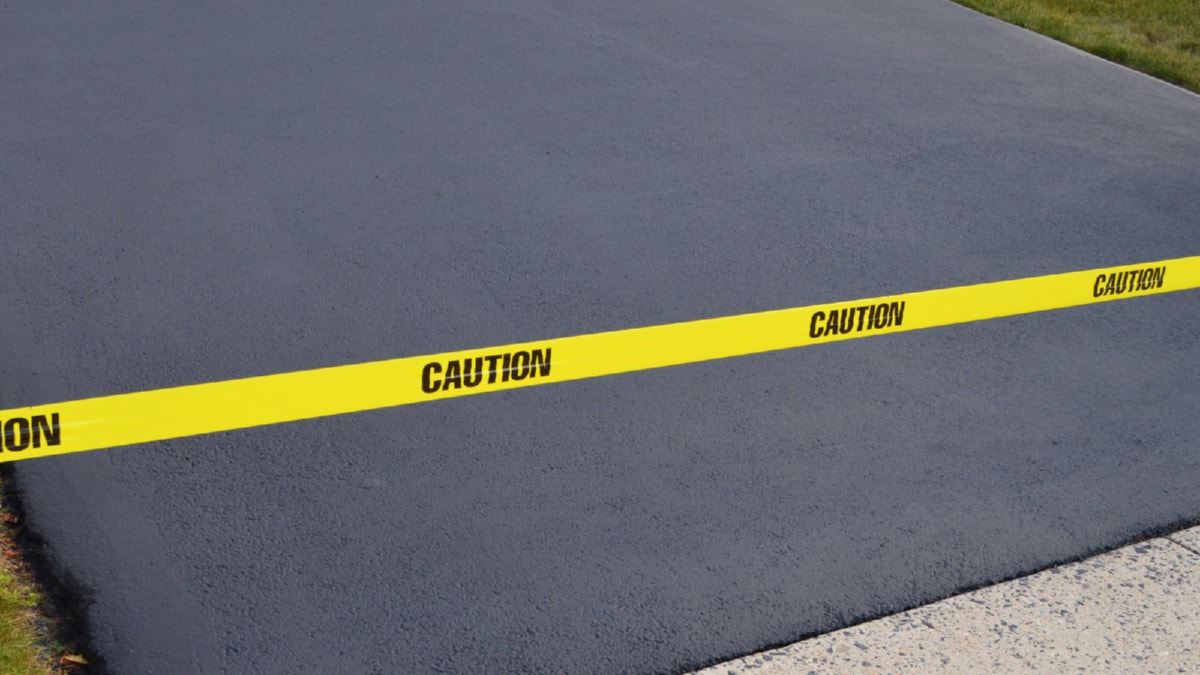The rapidly evolving world of construction is now shifting its lens to focus on sustainable practices. This shift is not only integral to protecting our environment but also to creating buildings that are more efficient and cost-effective in the long run. By implementing sustainable practices in modern construction, we can significantly reduce the environmental impact of buildings, while simultaneously improving their functionality and aesthetics.
Sustainable construction, sometimes referred to as green building, involves designing, building, and operating structures in a way that reduces their environmental impact. This is achieved through efficient use of resources and materials, reduction of waste, and creation of healthier, more energy-efficient spaces.
One of the most prominent ways to integrate sustainability into construction is through the use of eco-friendly materials. These include recycled or reclaimed materials, as well as those that are locally sourced to reduce transportation costs and emissions. Bamboo, for instance, is a rapidly renewable resource that can replace traditional hardwoods in many applications. Similarly, recycled steel and concrete can be utilized to reduce the demand for new materials.
Another critical aspect of sustainable construction is energy efficiency. Buildings consume a significant portion of the world’s energy, so constructing them to be more energy efficient can greatly reduce this consumption. This can be achieved through multiple methods, such as installing high-efficiency HVAC systems, utilizing LED lighting, and incorporating renewable energy sources like solar panels.
Water conservation is equally important in sustainable construction. Implementing low-flow fixtures, rainwater harvesting systems, and drought-tolerant landscaping can drastically cut down on a building’s water usage.
Indoor environmental quality is another focus of sustainable construction. By using materials and products with low emissions of volatile organic compounds (VOCs), improving ventilation systems, and maximizing natural light, we can create healthier, more comfortable indoor spaces.
Lastly, sustainable construction practices also involve considering the building’s entire lifecycle. This means thinking about the end of a building’s life even before construction begins. Designing for adaptability can help ensure that a building can be easily repurposed or deconstructed, reducing waste and the need for new materials.
While these practices require an upfront investment, the long-term benefits make them worthwhile. Buildings that are built using sustainable practices typically have lower operating costs due to reduced energy and water usage. They also offer health benefits, such as improved air quality, which can boost productivity and reduce healthcare costs.
Furthermore, sustainable construction is becoming increasingly mainstream, with many clients now demanding green building practices. As such, construction companies that embrace sustainability can gain a competitive edge in the market.
In conclusion, implementing sustainable practices in modern construction is a comprehensive process that involves everything from material selection to energy efficiency, water conservation, indoor environmental quality, and considering the building’s entire lifecycle. However, the benefits of this approach extend beyond just environmental protection, also offering significant cost savings and health benefits. By embracing these practices, construction companies can contribute to a more sustainable future while also improving their bottom line.
For more details, check best masonry services or visit their business listing here.



